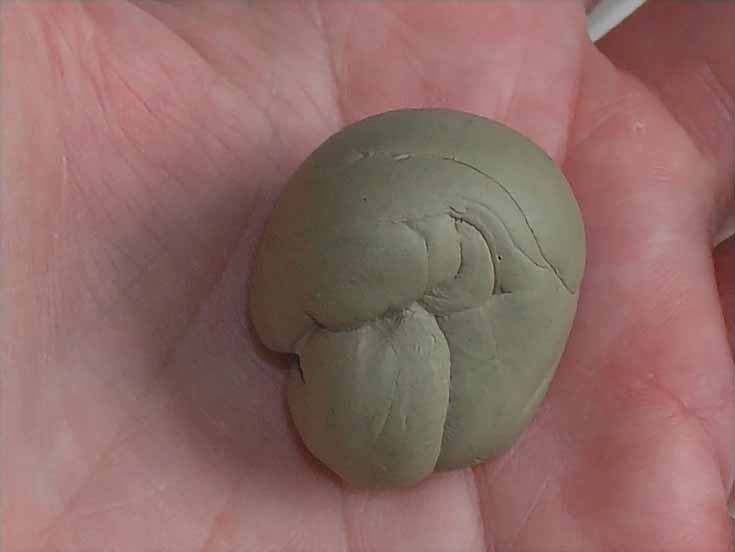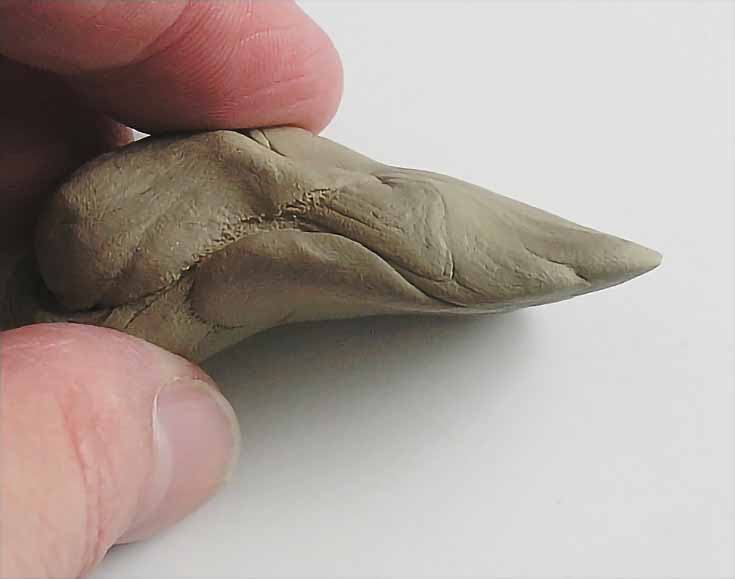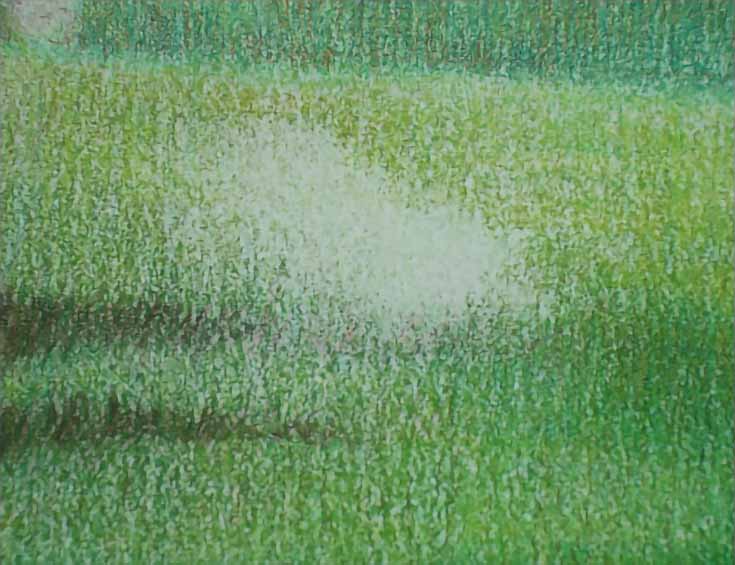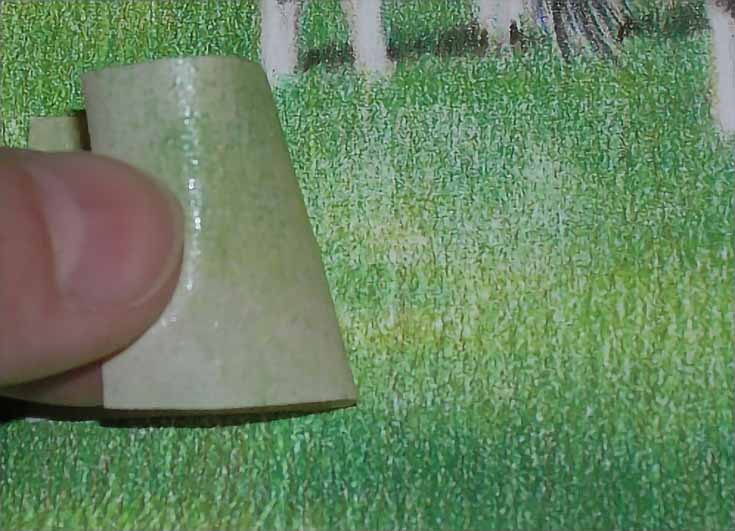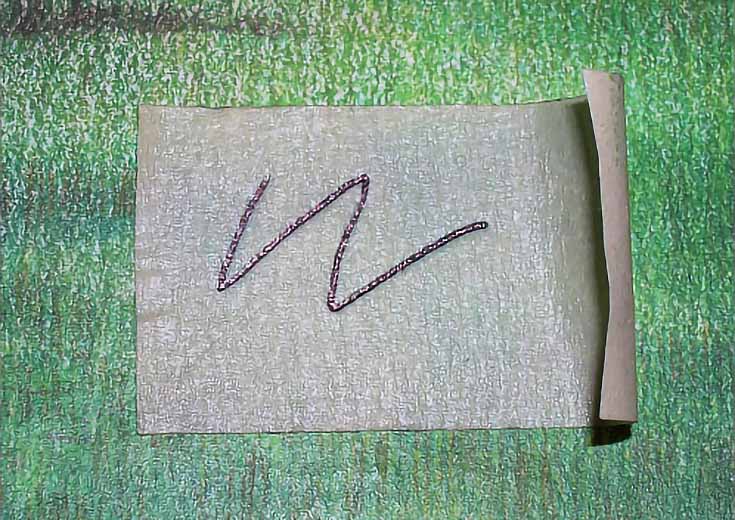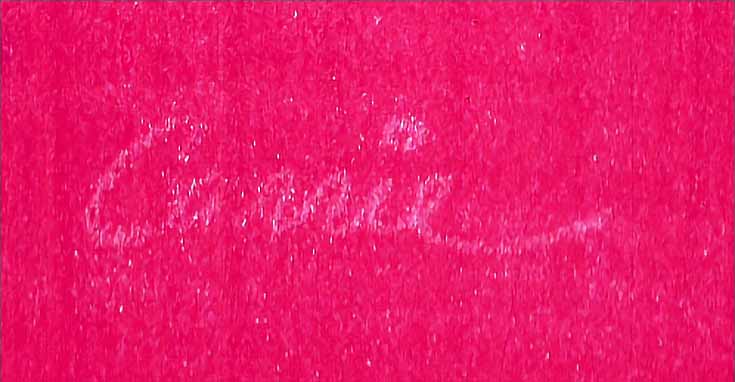No matter how long you’ve been using colored pencils, or how skilled you are, eventually you’ll need to lift color or lighten an area that has become too dark. I guarantee it.
And yes, we all know about erasers in their many forms. . . but today, I want to share two tricks you might not know about, which often work better at removing color from colored pencil drawings than erasers do. The best part? You may already have them in your studio.
1. “Sticky Stuff”
When all you need to do is soften a line or lift a little color, reach first for sticky stuff.
“Sticky stuff” is a generic term for that reusable adhesive substance everybody uses to hang posters or memos. The brand I use is called Handi-Tak, but there are a variety of brands and types available.
Whatever brand you buy, it will be inexpensive, reusable, self-cleaning and very easy to use. Just break or tear off a piece, knead it until it’s pliable, then press it against the area you want to lighten. You don’t need a lot of it, and in fact, a smaller shape is often easier to use than a large one.
To remove color, you can either press straight down and lift straight up, or you can press down, rotate it a quarter turn, and then lift.
If you want to lift color from a smaller area, form the sticky stuff into the shape you need. It can be made into a wedge or a pencil-like point for detailed areas.
Because it’s very pliable, you can even flatten it gently against your paper and lift to get more color up. Don’t spread it too thin, though, or you run the risk of leaving small bits of it on the paper. Depending on how heavily colored has been applied, you can lift a lot of color, or lift just enough to lighten. I used sticky stuff three or four times on the area shown below, and it removed quite a bit of color.
After a few applications, stretch and fold the stick stuff like taffy until it’s clean again. You can use it over the same area several times without damaging paper or leaving residue. When you store it, wrap it lightly in plastic wrap or keep it in it’s own container. If you just throw it in among your pencils without wrapping it, it will pick up stray grains of pigment, charcoal, and other debris (which you definitely don’t want).
2. Tape
Transparent tape or masking tape is also a very useful color lifting tool. Drafting tape or blue painter’s tape is ideal, but any low-tack tape can be used.
To use it, cut off a piece, press it carefully onto the area you want to lighten, and lift slowly. Be careful not to press the tape too firmly against the paper, however, or you will pull up paper as well as color.
You may find that removing the tape too quickly can also result in paper damage. To avoid this, smooth down the tape with a finger tip using the lightest possible pressure, and always leave one end “unstuck” so you don’t have to force a fingernail under the edge of the tape to get it back off.
The color lifted by tape will be soft and more subtle, as you’ll see below. There are no clear edges because the tape lifts color mostly off the high “ridges” of the paper. The coarser the paper, the less color will be lifted with tape.
You can use a strip of tape two or three times, but it will lift less color each time. And, you will only be able to use tape on the same area of the drawing two or three times before the paper becomes so smooth that it will be difficult to work with.
One neat thing about using tape in this fashion is that you can use a pen or stylus to impress the tape and lift a design or create a pattern.
The effect can be bold, as shown below, or subtle, depending on the pressure you use to mark the tape, the softness of the paper, and the amount of pigment on the paper.
You can even sign your drawings this way. You’ll want to use very light pressure when you lay the tape on the drawing. A fine point stylus with medium heavy or heavy pressure should lift just your signature and leave the rest of the drawing intact.
A signature written this way is less intrusive than impressing it at the beginning of the drawing or signing a drawing with a pencil, but if your drawings generally have heavy layers of pigment, it might be the best way to sign them.
There are many methods for lifting color, but if you have these two items and a couple of good erasers in your art tool box, you have all the tools you need to lift color in most situations.
As always, practice on scrap paper first. Learn what you can and cannot do with sticky stuff and tape before you try to them on a drawing. After a little experimentation you’ll be able to rescue a lot of drawings that might otherwise be headed for the recycle bin!
This post may contain affiliate links.
